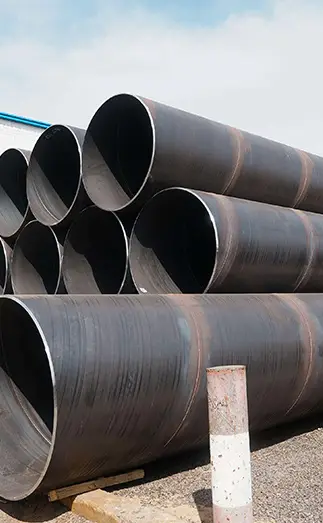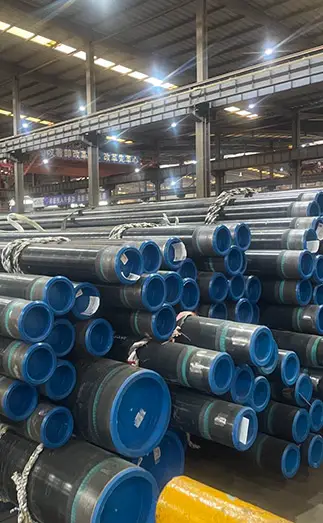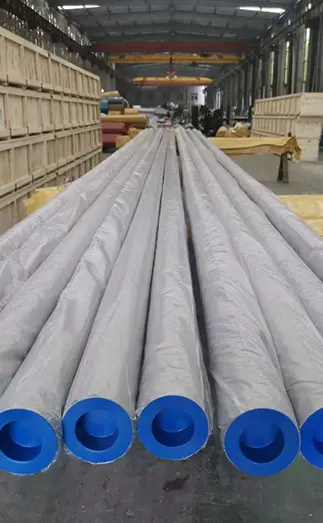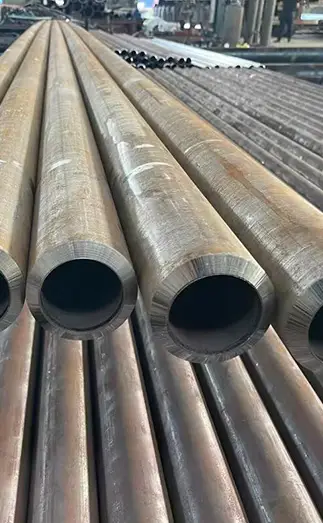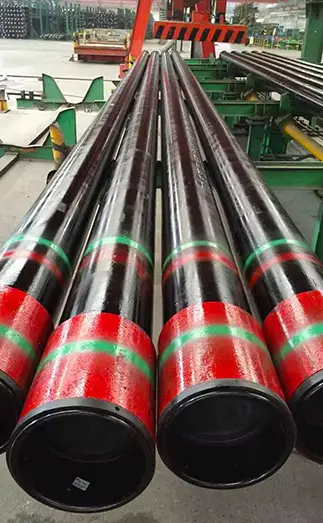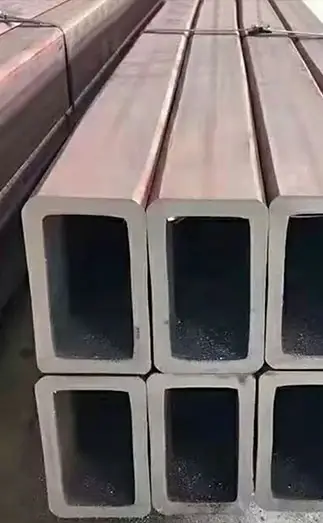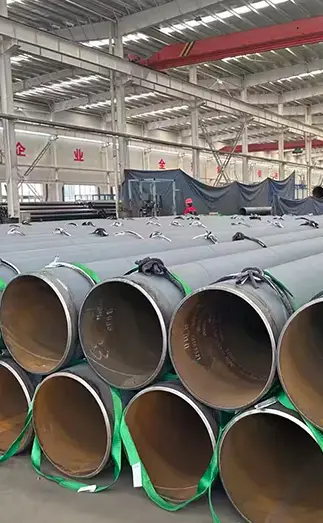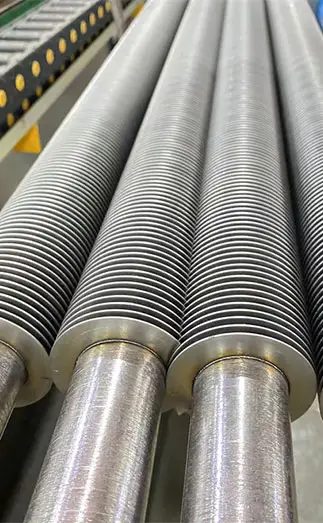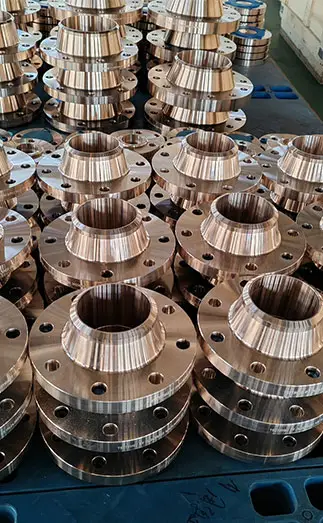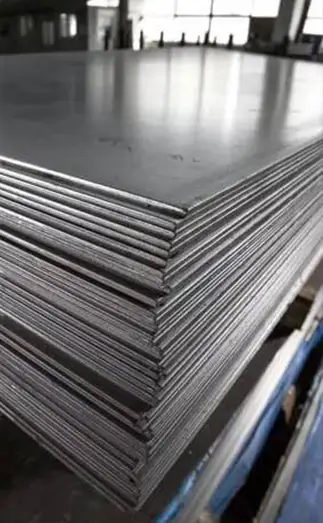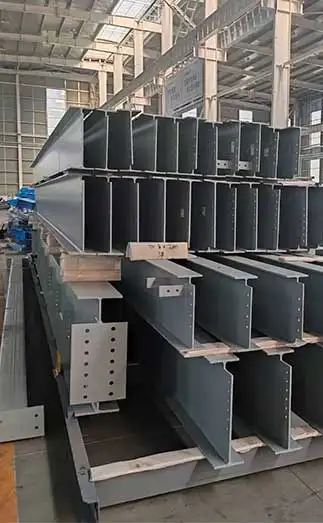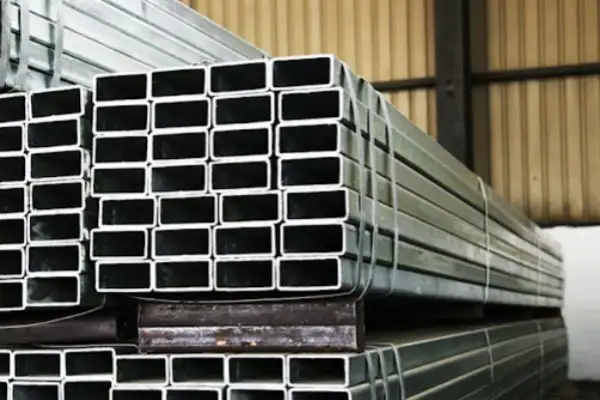High-frequency electric resistance welded steel pipes, commonly referred to as ERW steel pipes, play a critical role in various industrial applications due to their efficiency and strong performance characteristics. Let’s explore the key features that make ERW steel pipes a preferred choice in the industry.
No Pressure Welding
High-frequency resistance welding involves a filler metal that eliminates the need for pressure during the welding process, resulting in seamless and precise welds.
High Welding Speed and Efficiency
The high-frequency resistance welding process is characterized by its exceptional speed and efficiency. With concentrated energy in the weld zone, rapid heating enables faster production rates. For instance, modern production lines in China, such as the 426 units, can achieve welding speeds ranging from 15 m/min to a maximum of 45 m/min.
Heat-Affected Zone
The welding process produces a highly localized heat-affected zone (HAZ) due to the concentrated energy, rapid heating, and self-cooling effects of the workpiece. This minimizes thermal distortion while maintaining the structural integrity of the pipe.
Advanced Technological and Management Requirements
High-frequency resistance welding occurs in a continuous production line, requiring a sophisticated combination of technology and management expertise. The welding speed and production efficiency demand precise coordination of multiple factors to ensure consistent quality across the entire production process.
By leveraging these characteristics, ERW steel pipes demonstrate their reliability and cost-effectiveness, solidifying their position in the manufacturing sector.



 English
English Español
Español Français
Français بالعربية
بالعربية